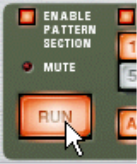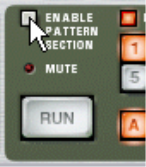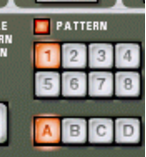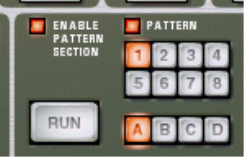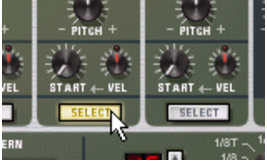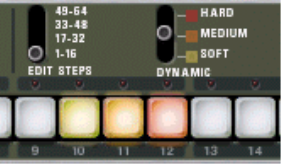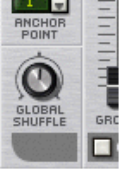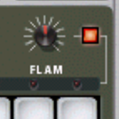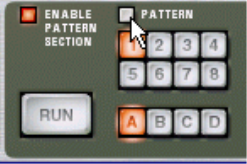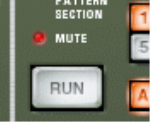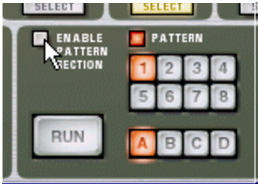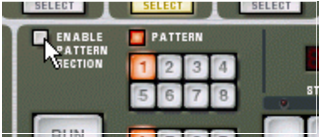If the Tempo track (see “Recording tempo automation”) is used, Redrum will follow this.
If you automate pattern changes in the main sequencer, you can make them happen at any position - see “Recording pattern automation”.
|
|
The amount of shuffle is set globally with the Global Shuffle control in the ReGroove Mixer - see “The ReGroove Mixer”.
If this is off, Redrum will function as a pure “sound module”, i.e. the internal Pattern sequencer is disengaged. Use this mode if you wish to control Redrum exclusively from the main sequencer or via MIDI (see “Using Redrum as a sound module”).
|
| Function
|
|
When you have created several patterns that belong together, you most probably want to make these play back in a certain order. This is done by recording or inserting pattern changes into the main sequencer. See “Recording pattern automation”.
|
•
|
The notes will have the pitch of the corresponding drum sound (see “Using Redrum as a sound module”) and the velocity depending on the “Dynamic” parameter value in the device.
|
|
2.
|

